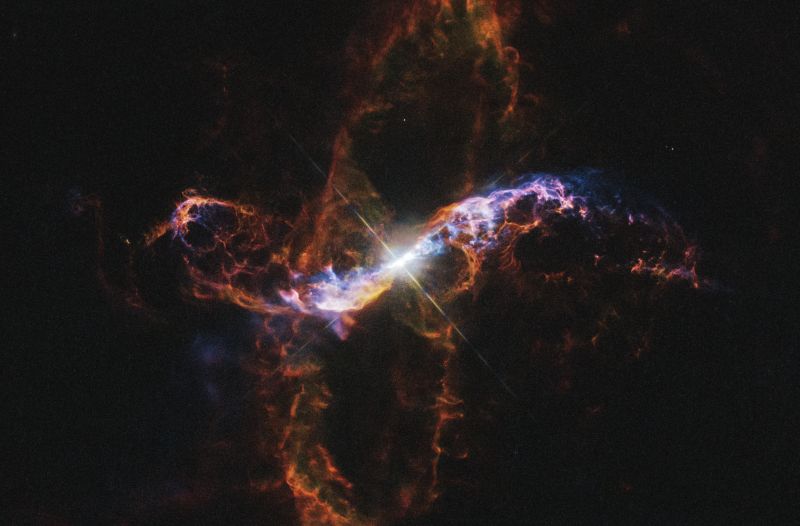In 1181, Japanese and Chinese astronomers saw a bright light appear in the constellation Cassiopeia. It shone for six months, and those ancient observers couldn’t have known it was an exploding star. To them, it looked like some type of temporary star that shone for 185 days.
In the modern astronomical age, we’ve learned a lot more about the object. It was a supernova called SN 1181 AD, and we know that it left behind a remnant “zombie” star. New research examines the supernova’s aftermath and the strange filaments of gas it left behind.
Continue reading “This Ancient Supernova Remnant Looks Like a Stellar Dandelion”



